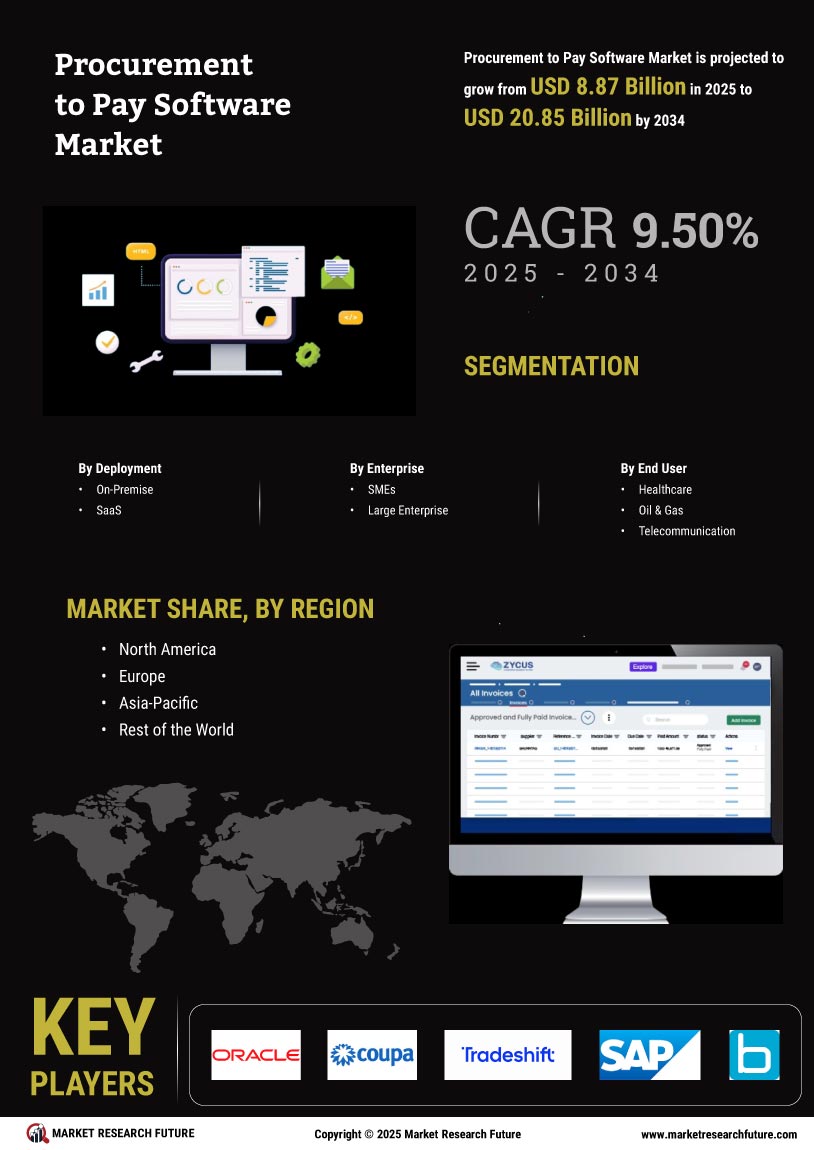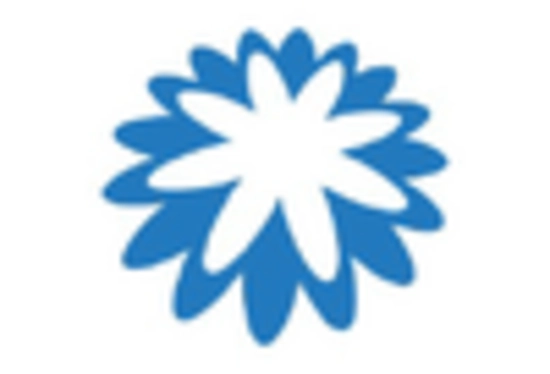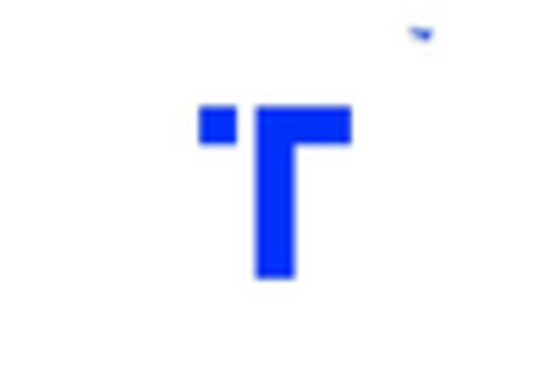Rising Demand for Cost Efficiency
The Procurement to Pay Software Market is experiencing a notable surge in demand for cost efficiency among organizations. Companies are increasingly seeking solutions that streamline procurement processes, reduce operational costs, and enhance overall financial management. According to recent data, organizations that implement procurement to pay software can achieve cost savings of up to 30 percent by automating manual processes and minimizing errors. This trend is driven by the need for businesses to optimize their spending and improve their bottom line, leading to a greater adoption of procurement to pay solutions. As organizations strive to remain competitive, the emphasis on cost efficiency is likely to propel the growth of the Procurement to Pay Software Market.
Integration of Advanced Technologies
The integration of advanced technologies such as artificial intelligence and machine learning is transforming the Procurement to Pay Software Market. These technologies enable organizations to automate repetitive tasks, analyze vast amounts of data, and make informed decisions. For instance, AI-driven analytics can provide insights into spending patterns, supplier performance, and compliance risks. This technological advancement not only enhances operational efficiency but also supports strategic sourcing initiatives. As organizations increasingly recognize the value of data-driven decision-making, the adoption of procurement to pay software that incorporates these technologies is expected to rise. The market is projected to grow significantly as businesses seek to leverage these innovations to gain a competitive edge.
Shift Towards Digital Transformation
The ongoing shift towards digital transformation is a key driver of the Procurement to Pay Software Market. Organizations are increasingly adopting digital solutions to enhance their procurement processes, improve collaboration, and achieve greater visibility into their supply chains. This transformation is characterized by the move from traditional paper-based processes to automated, cloud-based systems that facilitate real-time data access and communication. As businesses recognize the benefits of digital procurement solutions, the market for procurement to pay software is expected to expand. The trend towards digitalization is not only about efficiency but also about enabling organizations to respond swiftly to market changes and customer demands.
Regulatory Compliance and Risk Management
The Procurement to Pay Software Market is significantly influenced by the growing emphasis on regulatory compliance and risk management. Organizations are facing increasing scrutiny regarding their procurement practices, necessitating robust solutions that ensure adherence to regulations and mitigate risks. Procurement to pay software provides features that facilitate compliance with financial regulations, such as automated audit trails and reporting capabilities. This is particularly relevant in industries such as healthcare and finance, where compliance is critical. As organizations prioritize risk management and compliance, the demand for procurement to pay solutions that address these concerns is likely to increase, driving growth in the market.
Growing Focus on Supplier Relationship Management
The Procurement to Pay Software Market is witnessing a growing focus on supplier relationship management (SRM). Organizations are increasingly recognizing the importance of fostering strong relationships with suppliers to enhance collaboration and drive innovation. Effective SRM can lead to improved supplier performance, reduced costs, and increased value creation. Procurement to pay software often includes features that support SRM, such as supplier performance tracking and communication tools. As businesses strive to optimize their supply chains and enhance supplier collaboration, the demand for procurement to pay solutions that facilitate these objectives is likely to rise, contributing to the overall growth of the market.

















Leave a Comment